LE CARRÉ HOURGLASS
The Le Carré hourglass consists of a four-dimensional cube over a three-dimensional space, with the time bulb in its geometric center. It is an avant-garde design based on a classical concept.
Although the origin of hourglasses is not at all clear, it seems that they were introduced to Europe by an 8th-century monk named Liutprand, who served in Chartres Cathedral, France. It was not until the 14th century that their use became widespread, the oldest evidence being a 1338 depiction of the fresco Allegory of Good Government by Ambrogio Lorenzetti.
The hourglass was also used in navigation well into the 18th century, since they were very necessary to find out the longitude at which the ship was located, since latitude had long been found out using different instruments such as the astrolabe or the sextant, and it was only after the invention of chronometers that they were gradually replaced by these.
Some of the most famous hourglasses are the twelve-hour hourglass of Charlemagne of France and the hourglasses of Henry VIII of England, made by the artist Holbein in the 16th century. The oldest known hourglass is in the British Museum in London.
MEASUREMENTS OF EACH MODEL
-1 minute (approximately)
Height: 9 cm, width: 7 cm, depth: 5 cm
-5 minutes (approximately)
Height: 13 cm, width: 9 cm, depth: 5 cm
-15 minutes (approximately)
Height: 17 cm, width: 12.5 cm, depth: 7 cm
-30 minutes (approximately)
Height: 27 cm, width: 16 cm, depth: 7 cm
-60 minutes (approximately)
Height: 29 cm, width: 16 cm, depth: 8.5 cm
VAT INCLUDED
https://en.wikipedia.org/wiki/Hourglass

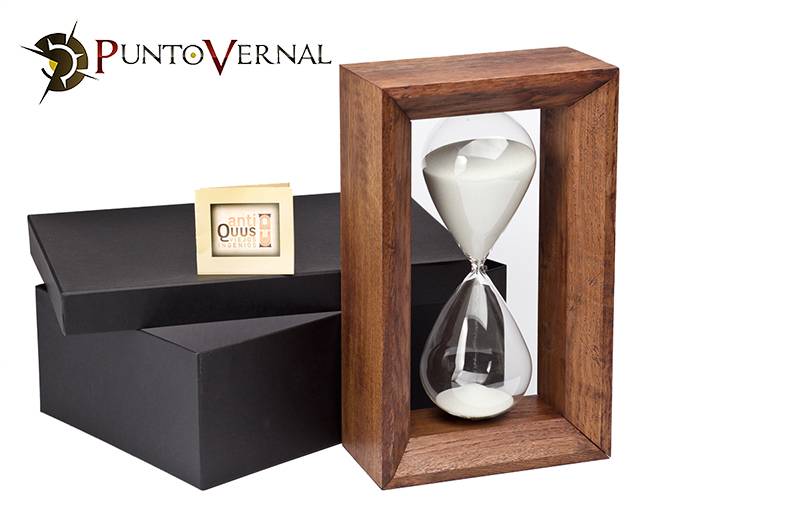
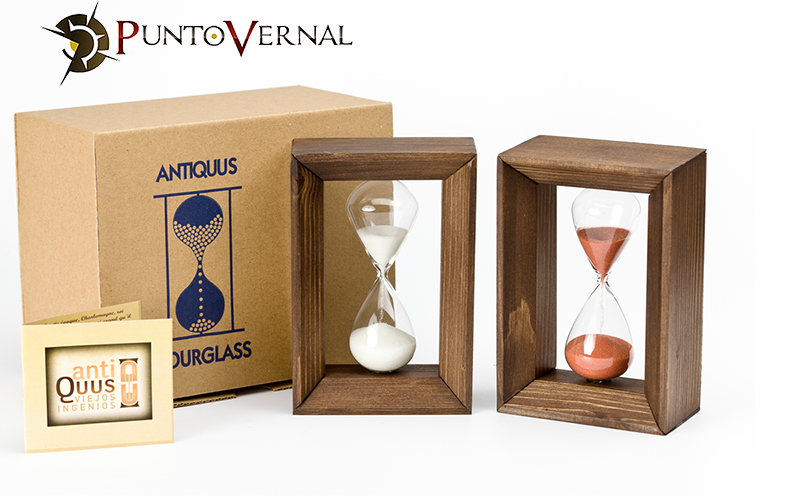
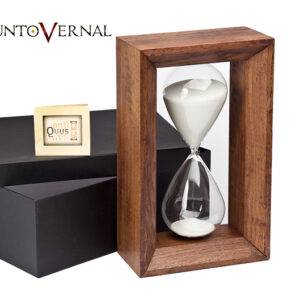
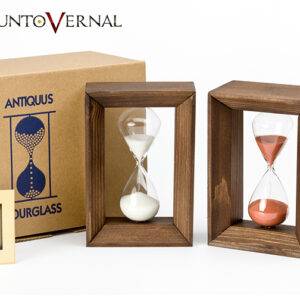
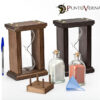


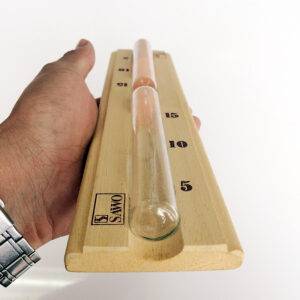

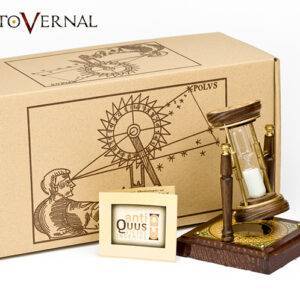
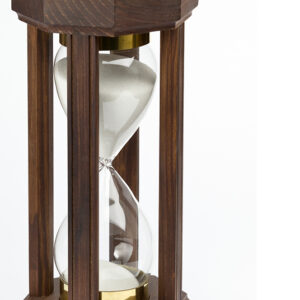
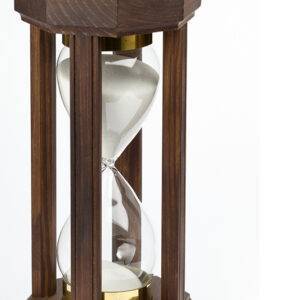
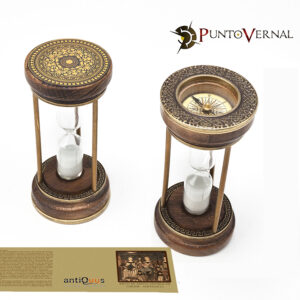
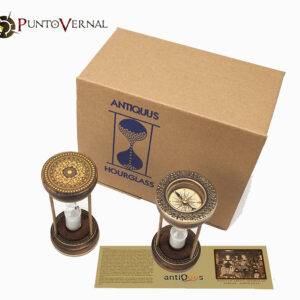
Reviews
There are no reviews yet.